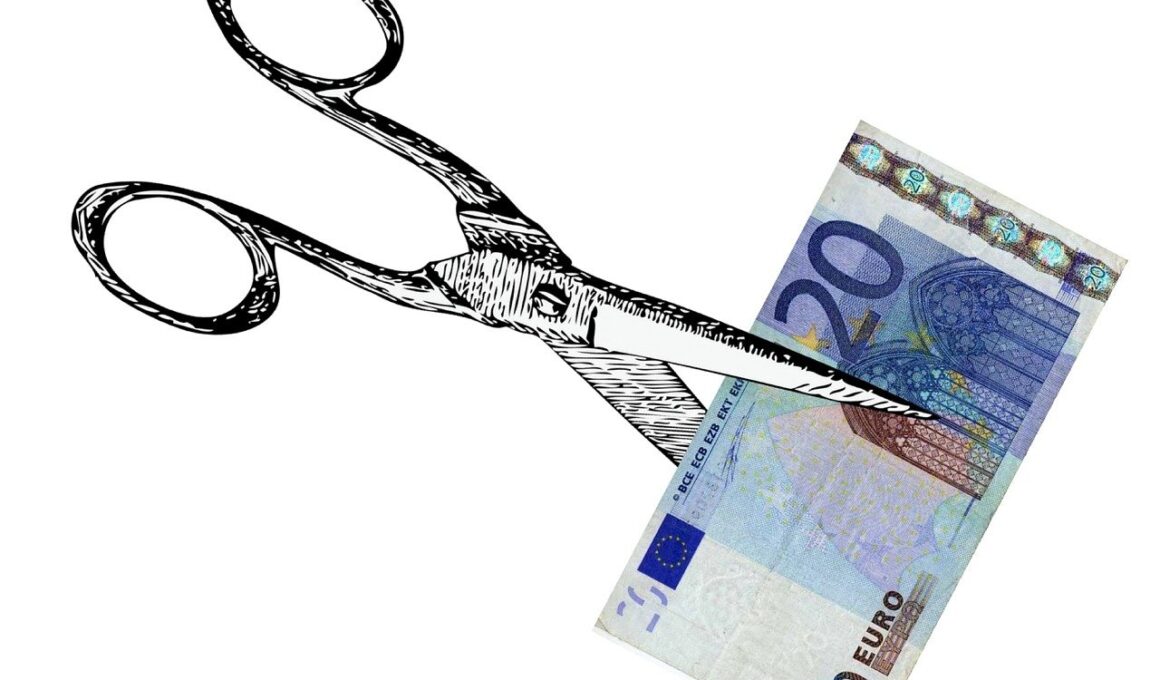Step-by-Step Guide to Automating Your Marketing Budget
Automating your marketing budget can seem daunting, but with a systematic approach, it’s achievable. Begin by defining your objectives; know what you want to accomplish with automation. Without clear goals, it’s easy to lose focus and waste resources. Break these objectives into measurable Key Performance Indicators (KPIs) that allow you to track progress. Once your goals are set, identify the tools you need to automate various marketing functions such as budgeting and reporting. There are numerous platforms available, including popular options that help in maintaining visibility on your spending. After choosing the software, integrate it with your existing platforms to ensure seamless operation. This integration is crucial as it allows for real-time monitoring and adjustments, which can save you both time and effort. Furthermore, frequent adjustments based on data insights will update and optimize your marketing strategy continuously. In the following steps, we’ll delve into the specifics of setting up your budget automation, including best practices and tips to streamline your processes effectively.
The next step focuses on data collection and organization, which is imperative for effective marketing budget automation. Centralize all your data from various marketing channels to gather insights into spending and performance. Utilize spreadsheets or a dedicated marketing management system to compile these expenses and sources. Clarity in data allows for accurate forecasting and budget allocation. Become familiar with your customer acquisition cost (CAC) and lifetime value (LTV) to inform decisions related to budget distribution. You can use the data to identify high-performing campaigns and allocate more resources to boost returns. Always keep track of the money spent versus the money earned for each campaign to ensure sustainability and profitability. Implement regular reviews (e.g., monthly or quarterly) to evaluate the performance against your KPIs. This practice helps you stay responsive to changes and enables you to pivot your strategy when necessary. It also fosters a culture of accountability within your team, making spent resources more effective. In summary, a focus on data collection will aid in guiding future marketing budget decisions.
Integrating Technology for Automation
After structuring and organizing your data, the next logical step is integrating technology into your marketing budget process. Select a robust marketing automation tool that offers features like budgeting, forecasting, and reporting. Advanced systems allow you to create budgets based on historical data, making future budgeting more streamlined and data-driven. You should ensure that the system can be linked with your existing software, such as CRM or analytics platforms. This connectivity can facilitate a more comprehensive understanding of your marketing expenditures and returns. When analyzing your campaigns, look for tools that can provide insights and trends, helping you make informed decisions. Also, explore using APIs, which enable different software systems to communicate effectively, transferring data effortlessly between platforms. Understanding how to utilize these technologies will set a solid foundation for your automation efforts. Invest time in training your team to maximize features and capabilities of these tools. Continuous education will empower your staff to adapt to changing market conditions and embrace new automation trends that enhance efficiency and effectiveness.
Establishing a routine for monitoring your automated processes is critical to maintain oversight. Regularly check on automated reports generated by your system to identify areas of improvement and optimization. This practice allows you to catch any discrepancies or inefficiencies early on. Develop a schedule where you review the performance metrics monthly or quarterly, depending on your business dynamics. During these reviews, compare your actual expenditures against the budgeted figures to highlight any variances. Understanding these variances will give insight into how accurately your forecasts match real-world spending. Identify outliers and analyze if further adjustments are needed to the budget or spending strategies. Engage your marketing team in these discussions to foster collaboration and transparency around budget use. Communicating about budget discrepancies helps align the entire team towards common goals and encourages better strategic planning. Establishing a routine around your budget, including regular checks and revisions based on performance, ensures a flexible marketing budget that accommodates changing business conditions and market dynamics.
Leveraging Analytics for Optimization
Analytics play a monumental role in refining your marketing budget automation process. Use available data to analyze which campaigns yield the highest ROI. With insights from your automated reporting tools, identify successful strategies and replicate them in future campaigns. Look into key metrics like conversion rates, customer engagement, and lead generation effectiveness. These metrics will provide a comprehensive view of how your marketing dollars are performing. Furthermore, dive deeper into customer behavior data to segment your audience effectively and tailor future marketing efforts. Using predictive analytics can help you forecast where to allocate resources for maximum effect. Understanding seasonal trends or budget spikes can inform you about when to intensify marketing efforts and when to pull back. Continuous optimization should be the goal; budget allocation isn’t a set-and-forget task. Consider running A/B tests to compare the effectiveness of different strategies in real-time. Regularly feeding insights from analytics back into your marketing budget decisions will cultivate a more responsive and dynamic budget allocation process.
The communication aspect of automated budgeting cannot be overlooked. Establishing clear communication channels with stakeholders ensures everyone remains informed and aligned with budget objectives. Engage your finance team early and involve them in discussions about the marketing budget automation to gain their insights on classifying expenses and measuring efficiency. Transparency regarding budget distribution increases accountability across your teams. Encourage feedback from team members involved in executing campaigns; they often have practical insights that automation tools may miss. Hold regular meetings focusing solely on budget performance, utilizing dashboards and visual aids to make the data accessible and comprehensible. Implementing shared documents for team members to update budget expenditures in real-time can enhance transparency and accountability further. Create an open culture where budget discussions are encouraged, fostering teamwork and collaborative problem-solving. By actively engaging with your team members, you will learn from their experiences and perspective, ultimately leading to a more effective marketing budget automation strategy overall.
Final Thoughts on Budget Automation
As we conclude this guide to automating your marketing budget, it is clear that a systematic, data-informed approach leads to successful implementation. The journey starts with defining objectives, gathering data, and leveraging tools for effective budget management. Continual monitoring, analytics, and transparent communication play pivotal roles in adjusting strategies over time as market conditions and customer behaviors evolve. Embrace a culture of optimization and accountability across your marketing team to adapt quickly and make informed decisions. Continuously educating your team on new technologies and market trends will empower them, ultimately leading to better outcomes. Remember that marketing budget automation is not a one-time project; it is an ongoing process that requires regular attention to ensure it remains effective and relevant. Strive for a flexible budget that can adapt to changes, allowing you to capitalize on emerging opportunities while minimizing risks. Lastly, prioritize aligning your marketing budget with your broader business goals to enhance overall performance and growth. Following the principles outlined here will guide you toward successful and automated marketing budget management.
Through diligent application and adjustments, automating your marketing budget decisions can transform business efficiency. A structured approach informed by data and continuous improvement will only drive marketing success forward. Once initiated, ensure that your automated systems are regularly updated and correctly aligned with your company’s growth ambitions. Strong leadership and commitment to adapting strategies will play a crucial role in achieving your overall marketing objectives, so lead by example and advocate for innovative solutions.


